How Often Should You Take Your Cat to the Groomer?
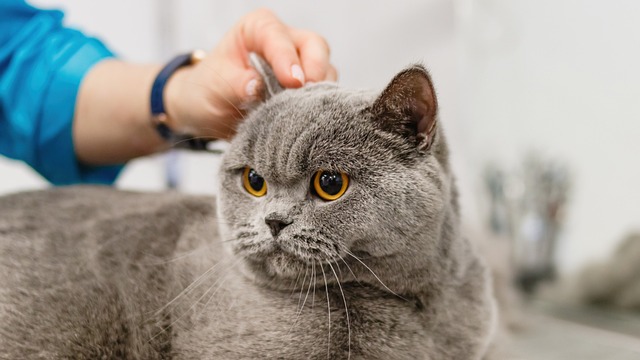
Tired of wrestling with your furry feline, wondering if you're under or over-grooming?
Feel like you're trapped in a hairy labyrinth of uncertainty? 😟
Take a deep breath.
Let's sift through the tangles together and discover the magical frequency to cat grooming.
Ready?
Let's begin!
How Often Should I Take My Cat to the Groomer?
How often you take your cat to the groomer depends on a few things:
- If your cat is active, they're more likely to get dirty quickly and will need grooming more often.
- Indoor cats usually stay cleaner than outdoor cats, so they might not require as much grooming.
- If your cat has long or thick fur, they may need more frequent grooming to keep it from tangling.
- Some cat breeds, like Persians, have specific grooming requirements and may need daily attention.
- Older cats may have trouble moving around and could use some help with grooming more frequently.
- If your cat can't groom themselves properly because of health issues, you'll have to bring them to the groomer more often.
- Regular brushing at home can help cut down on how often your cat needs professional grooming.
- Shorthair cats don't need full grooming sessions as often as longhair cats, but they should still be bathed and blow-dried every 4-6 weeks.
These are just general guidelines.
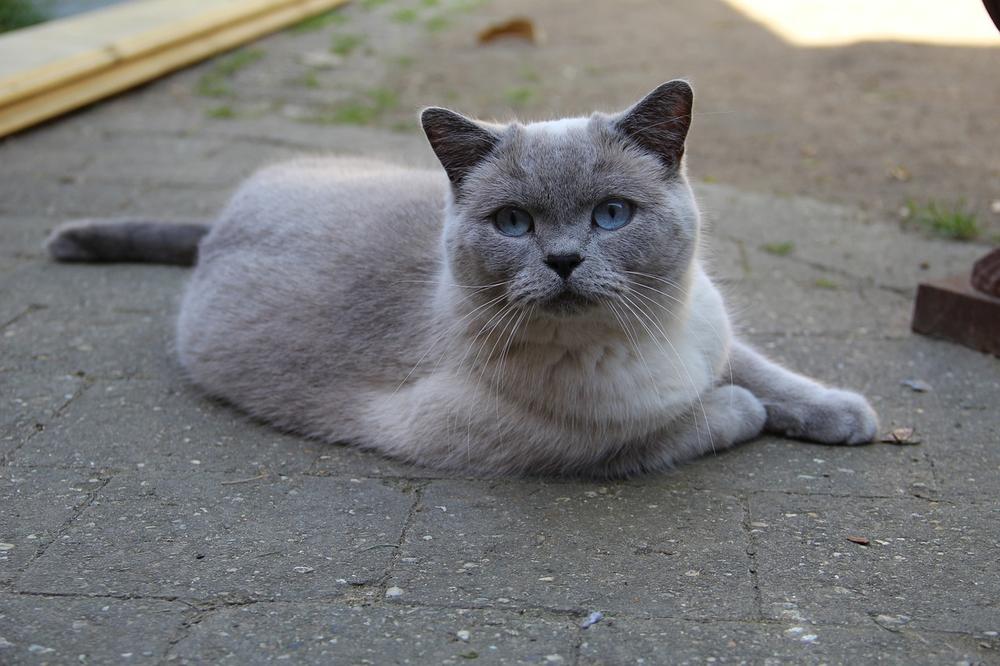
You should consider your cat's individual needs and talk to a professional groomer for personalized advice. 😺
Main points I'll expand upon further down this article:
- Routine grooming is essential for a cat's health and well-being.
- Regular grooming can detect underlying health conditions and promote comfort.
- Brushing and bathing are important aspects of cat grooming.
- Grooming prevents hairballs, reduces shedding, and allergies for most people.
- Scratching posts help keep nails trimmed and protect furniture.
- Various factors can influence grooming frequency, such as breed and environment.
- Cats may overgroom due to stress or skin issues.
- Introduce grooming techniques gradually and focus on areas your cat is comfortable with.
- Regular grooming sessions and trimming claws are crucial for a healthy cat.
- Professional groomers may be needed for heavily matted coats or difficult cats.
Now, you might be wondering how often should you groom your cat to ensure their health and well-being?
Well, here's the deal...
Understanding the factors that influence grooming frequency will help you provide the best care for your feline friend:
Your Cat Benefits the Most From Routine Grooming
Let me break it down for you, buddy:
- Regular grooming keeps your cat healthy, happy, and free of pesky bugs like fleas or ticks.
- Plus, when you give them a good brush, you can take a peek at their skin to catch any potential health issues early on.
- A skilled groomer can even spot underlying health conditions that develop over time so they can be properly treated.
- Another bonus of regular grooming is that it cuts down on shedding, which means less hair all over your house and fewer allergies for you.
- When you build a relationship with a groomer, it ensures your cat feels comfortable and stays in tip-top shape, no matter how old they are.
- The whole grooming shabang includes brushing, bathing, trimming those sharp claws, and cleaning their eyes and ears. It's all about keeping them clean and fresh.
- And let me tell you, regular grooming also helps prevent nasty hairballs and those unfortunate digestive issues. 🐱
- To help keep your cat's nails trim and your furniture intact, don't forget about those scratching posts. They're worth their weight in gold.
- Now, the frequency of grooming depends on things like the environment, your cat's breed, the season, and their diet. So, keep all those factors in mind.
- One last thing: feeding your cat a balanced diet with the right nutrition can cut down on excess oil and clumps, meaning fewer trips to the groomer.
So, my friend, consistent grooming doesn't just make your cat look good – it makes them feel good too. It's all about their overall well-being.
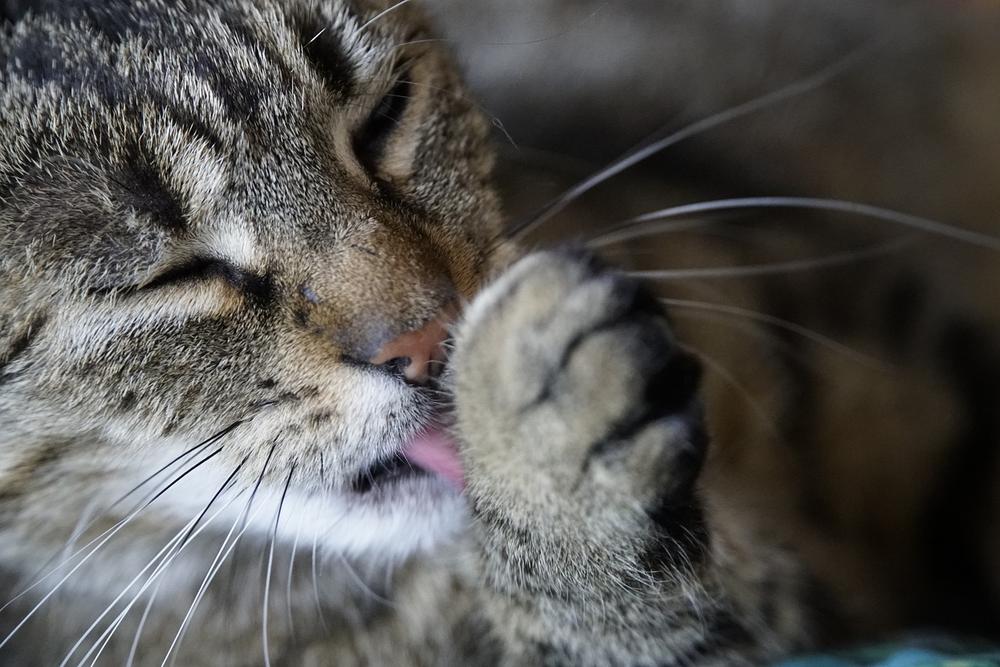
Now, I'm sure you're curious about the next section because it reveals the signs of excessive grooming that may indicate underlying issues.
Trust me, this is important information to ensure your furry friend's well-being.
Let's dive right in and uncover what these indications could mean for your cat.
Signs Your Cat Needs a Grooming Session
Cats, like any self-respecting feline, pride themselves on their impeccable grooming skills.
But sometimes, even the most fastidious of furballs can find themselves in a hairy situation.
So if you catch your beloved kitty relentlessly scratching and biting at their luscious coat, pay attention, my friend.
This peculiar behavior could be a sign of a tangled mess lurking beneath their sleek surface. Perhaps there's matted hair that needs your tender touch. Ah, but there's more!
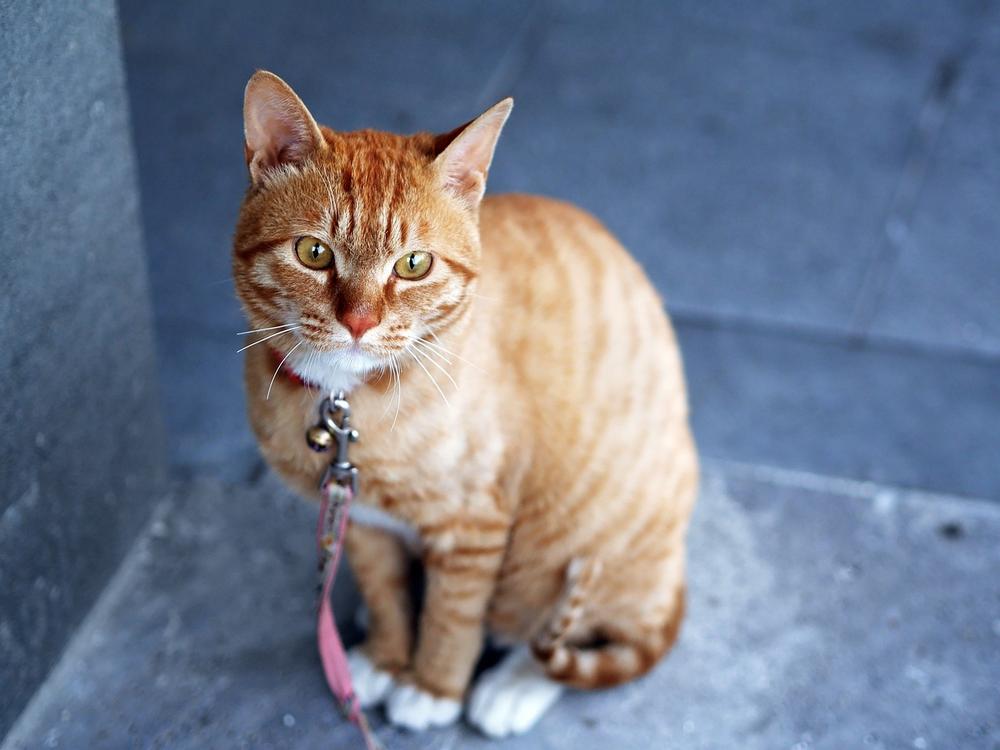
Excessive grooming might also be a cry for help - a desperate attempt to alleviate stress or an indication of bothersome skin issues like pesky allergies or unruly parasites.
And if you find yourself concerned about using the right products for your beloved feline, let me assure you that I can provide some valuable insight.
When it comes to grooming your cat, you want to make sure you're using safe and appropriate products.
That's why I highly recommend checking out Can I Use Baby Shampoo on My Cat.
In my article, I address all your doubts and uncertainties about whether baby shampoo is a suitable option for your cat's grooming needs.
Trust me, it's an essential read for any cat owner seeking answers.
Best Practices for At-Home Cat Grooming
Here are 12 things you should do to groom your cat at home:
- Ease into grooming slowly, don't rush it.
- Give lots of praise and rewards for good behavior.
- Stick to areas where your cat feels comfortable being touched.
- If your cat starts getting stressed or upset, stop right away.
- Regular brushing gets rid of the dead fur underneath their coat.
- Keeps their coat looking shiny and healthy.
- Use a comb with wide teeth to get rid of any stray hairs.
- Grooming helps remove dirt and debris from their fur.
- It also prevents hairballs and tangles from forming.
- Be careful not to bathe them too often as it can strip away their natural oils.
- Shorter, more frequent grooming sessions work better than long ones.
- And always reward your cat after each session to reinforce good habits.
And don't forget to trim their claws regularly:
- Indoor cats should have their nails trimmed every 12 weeks.
- Trim them every 10 days to two weeks for proper walking.
- Different types of fur require different grooming tools.
By following these tips, you'll keep your cat looking and feeling great while keeping them healthy and happy.
And it gets better...
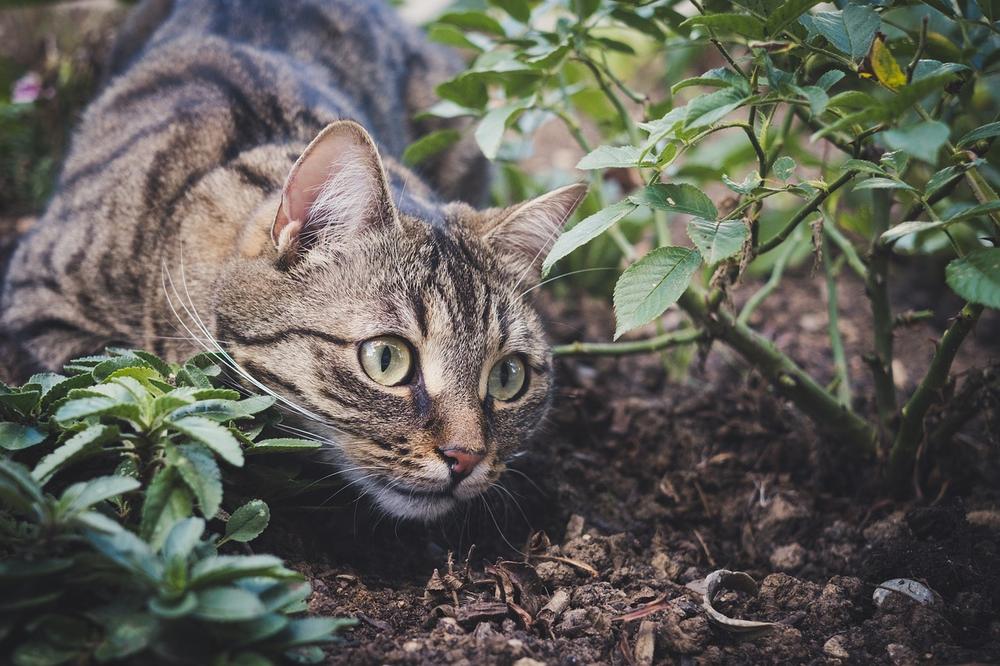
In the next section, we'll explore the signs that indicate your cat may need professional grooming assistance.
Plus, discover the benefits and specific services that a professional groomer can provide for your feline friend.
Trust me, you don't want to miss this valuable information for keeping your cat well-groomed and content...
When Should I Use a Professional?
Sometimes, you really need to get professional help with grooming your cat.
Here's when it's a good idea:
- If your cat freaks out or gets aggressive during grooming, it's best to let the pros handle it. They know how to avoid any injuries or stress for both of you.
- Cats with medium or long hair need extra care, especially if they have mats or hate being brushed at home. Professional groomers have the skills to handle them properly and can take care of them up to four times a year.
- When brushing and combing just won't cut it because your cat's fur is super matted, a groomer can give them a bath and dry them off to remove loose hair effectively.
- Long-haired breeds, in general, could benefit from professional grooming since it's a real challenge to maintain their beautiful coats. Groomers know exactly how to deal with tangles and mats.
- If your cat has a difficult personality, don't worry. Professional groomers are experts at dealing with feisty felines. They'll make sure the grooming experience is safe and stress-free for both of you.
I get it, cat groomers can be hard to find and pricey. But trust me, their training and ability to handle specific pet issues make them worth it in certain situations.
And that's not all! If you're still wondering how to keep your cat cool and reduce shedding this summer, I've got you covered.
I encourage you to check out my helpful blog post, "Should I Shave My Cat in Summer", to find all the answers you need.
Trust me, you won't want to miss out! 🐾
How to Deal With Matted Fur
When you're dealing with tangled fur, here are seven tips to bear in mind:
- Use a detangling spray or a comb made specifically for mats.
- Be gentle when working through the tangles so you don't cause any discomfort.
- Carefully comb out the mats, but remember that if they're really bad, it might be best to seek professional help.
- For stubborn mats, think about shaving your cat's fur or getting assistance from a groomer.
- If your cat keeps getting tangled hair, consider giving them a shorter haircut for easier maintenance.
- To effectively remove mats and keep your cat safe, try the "lioncut" technique using high-quality electric clippers.
- Make sure to establish a regular bathing routine and give your cat baths every eight weeks to maintain a healthy coat.
Also, always remember that prevention is key.

By regularly brushing your cat, especially if they have long hair, you can prevent mats from forming. It's also a good idea to schedule regular grooming appointments to keep their fur in top condition.
Always prioritize your cat's wellbeing and in essence health by keeping their coat well-maintained. If you need help or have concerns, don't hesitate to consult a professional groomer.
And that wraps up today's article.
If you wish to read more of my useful articles, I recommend you check out some of these: Why Is My Cat Vibrating, Is Majesty Palm Toxic to Cats, Can You Travel With a Pregnant Cat, Do Cats Shed More When Stressed Scared, and Cat Purring Effect on Humans
Talk soon,
-Sarah Davis